HERMES
High Energy Rapid Modular Ensemble of Satellites – Scientific Pathfinder – A constellation of cube-sats for high energy astrophysics
SHORT DESCRIPTION
HERMES is a space mission concept composed of nano-satellites that host instrumentation for the detection of high-energy astrophysical transients.
HERMES is placed in the segment of astrophysics from space with distributed architecture that exploits the constitution of fleets of small satellites, low cost and easy to build, that work together. The project foresees the launch, by 2025, of 6 nano-satellites of the 3U class, that is with dimensions 10x10x30 cm and weighing 6 kg each, which constitute a demonstrator (pathfinder) of the mission.
Eleven partners from five European countries joined forces to design, build and fly the HERMES fleet under the scientific coordination of Dr. Fabrizio Fiore (INAF-Osservatorio Astronomico di Trieste). HERMES has received funding from the European Union’s Horizon 2020 research and innovation programme for the construction of three of the six satellites and from the Italian Space Agency (ASI) for the remaining three.
HERMES was designed to scan the sky for gamma-ray bursts, which are created when stars die or collide and briefly emit more energy than an entire galaxy. These observations can only be made by space telescopes and are crucial to advancing our understanding of extreme physics and also have the potential to uncover the signatures of quantum gravity.
The purpose of the mission is to combine the signal delay detected by at least three of the six satellites, spaced thousands of kilometres apart, to triangulate the position of the transient gamma-ray source in the sky.
A first test of the detector that will be placed on board HERMES was conducted by mounting it on board the Australian Space Agency’s nanosatellite SpIRIT (Space Industry Responsive Intelligent Thermal) successfully launched from the Vandenberg base in California, United States, using a Falcon 9 launcher from the American company SpaceX. The liftoff took place at 7:43 p.m. in Italy on December 1, 2023. The nanosatellite is now in a polar orbit 513 km above the Earth.
ROLE OF THE OBSERVATORY
Il nostro osservatorio partecipa al progetto HERMES per quanto riguarda lo sfruttamento scientifico dei dati. Recentemente i ricercatori e le ricercatrici di OAB hanno guidato un lavoro scientifico in cui stimano che HERMES sarà in grado di rivelare circa 200 Gamma Ray Burst lunghi e 20 corti all’anno. Questi ultimi sono molto interessanti per l’astrofisica multi-messaggera in quanto controparti elettromagnetiche di onde gravitazionali rivelabili con gli attuali interferometri terrestri. I primi forniranno invece un censimento uniforme della popolazione di GRB lunghi permettendoci di stimare come viene prodotta l’energia rilasciata nei pochi secondi di durata di queste esplosioni cosmiche.
Our observatory participates in the HERMES project for the scientific exploitation of the data. Recently, OAB researchers have led a scientific work in which they estimate that HERMES will be able to detect about 200 long and 20 short Gamma Ray Bursts per year. The latter are very interesting for multi-messenger astrophysics as electromagnetic counterparts of gravitational waves detectable with current terrestrial interferometers. The former will instead provide a uniform census of the population of long GRBs allowing us to estimate how the energy released in the few seconds of duration of these cosmic explosions is produced.
OBSERVATORY STAFF INVOLVED
- Lara Nava – lara.nava AT inaf.it
- Giancarlo Ghirlanda – giancarlo.ghirlanda AT inaf.it
TIMELINE
2020-
WEBSITE
CONTACT
lara.nava AT inaf.it
CREDITS
Web page content: L. Nava & G. Ghirlanda
